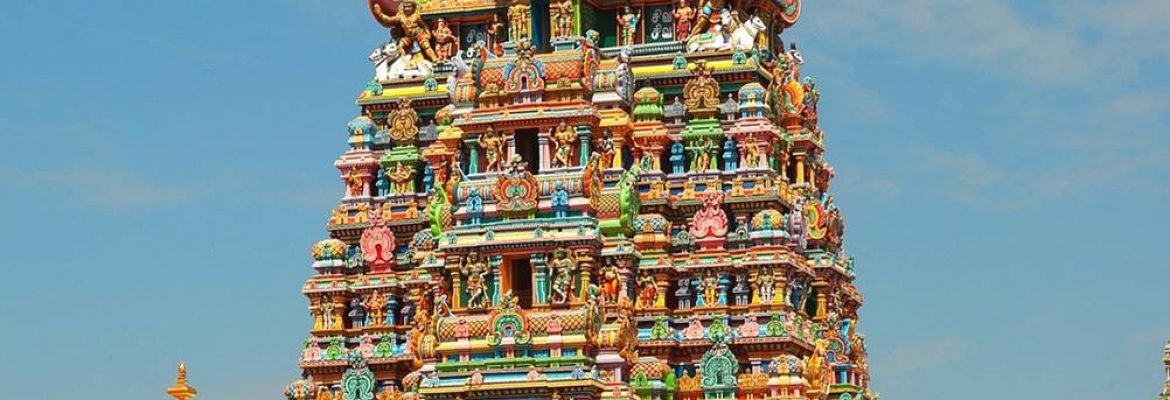Meenakshi Amman Temple, Tamil Nadu, India
The abode of the triple-breasted warrior goddess Meenakshi (‘fish-eyed’ – an epithet for perfect eyes in classical Tamil poetry) is considered by many to be the height of South Indian temple architecture, as vital to the aesthetic heritage of this region as the Taj Mahal to North India. It’s not so much a 17th-century temple as a 6-hectare complex with 12 tall gopurams, encrusted with a staggering array of gods, goddesses, demons and heroes (1511 of them on the south gopuram alone).
According to legend, the beautiful Meenakshi (a version of Parvati) was born with three breasts and this prophecy: her superfluous breast would melt away when she met her husband. The event came to pass when she met Shiva and took her place as his consort. The existing temple was built during the 17th-century reign of Tirumalai Nayak, but its origins go back 2000 years to when Madurai was a Pandyan capital.
The four streets surrounding the temple are pedestrian-only. Dress codes and security are strict for the temple itself: no women’s shoulders, or legs of either gender, may be exposed, and no cameras are allowed inside (but you can use phone cameras). Despite this the temple has a happier, more joyful atmosphere than some of Tamil Nadu’s more solemn shrines, and is adorned with especially colourful ceiling and wall paintings. Every evening at 9pm, a frenetic, incense-clouded procession carries an icon of Sundareswarar (Shiva) to Meenakshi’s shrine to spend the night; visitors are welcome to follow along.
Before entering the temple, have a look around the Pudhu Mandapa. The main temple entrance is through the eastern (oldest) gopuram. First, on the right, you’ll come to the Thousand Pillared Hall, now housing an Art Museum. Moving on into the temple, you’ll reach a Nandi shrine surrounded by more beautifully carved columns. Ahead is the main Shiva shrine, flanked on each side by massive dvarapalas, and further ahead to the left in a separate enclosure is the main Meenakshi shrine, both open only to Hindus. Anyone can however wander round the Golden Lotus Tank, then leave the temple via a hall of flower sellers and the arch-ceilinged Ashta Shakti Mandapa – this is actually used as the temple entrance by most worshippers and is lined with relief carvings of the goddess’s eight attributes, with perhaps the loveliest of all the temple’s vibrantly painted ceilings.
Visit India Epic India Route © Monika Newbound


